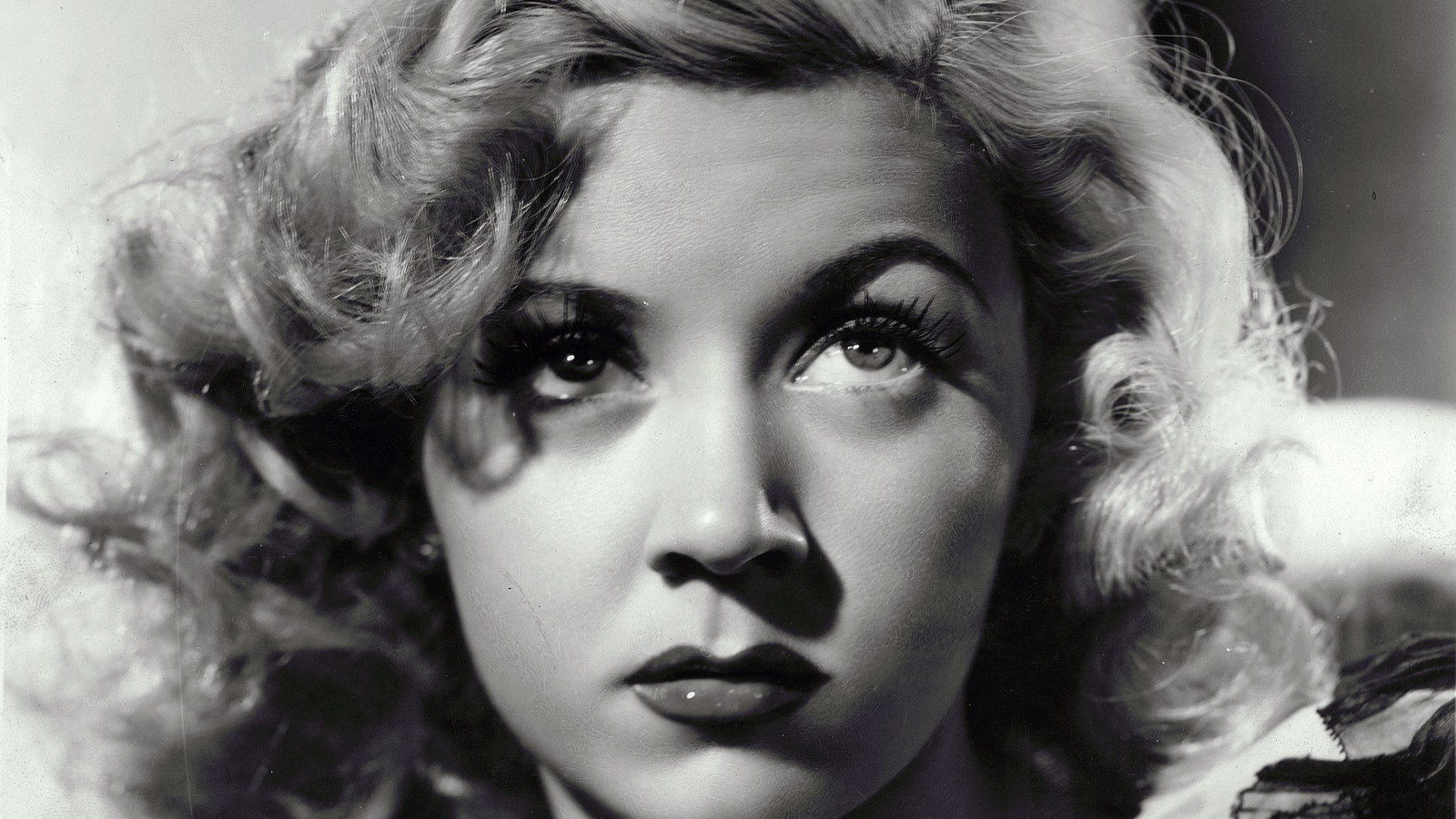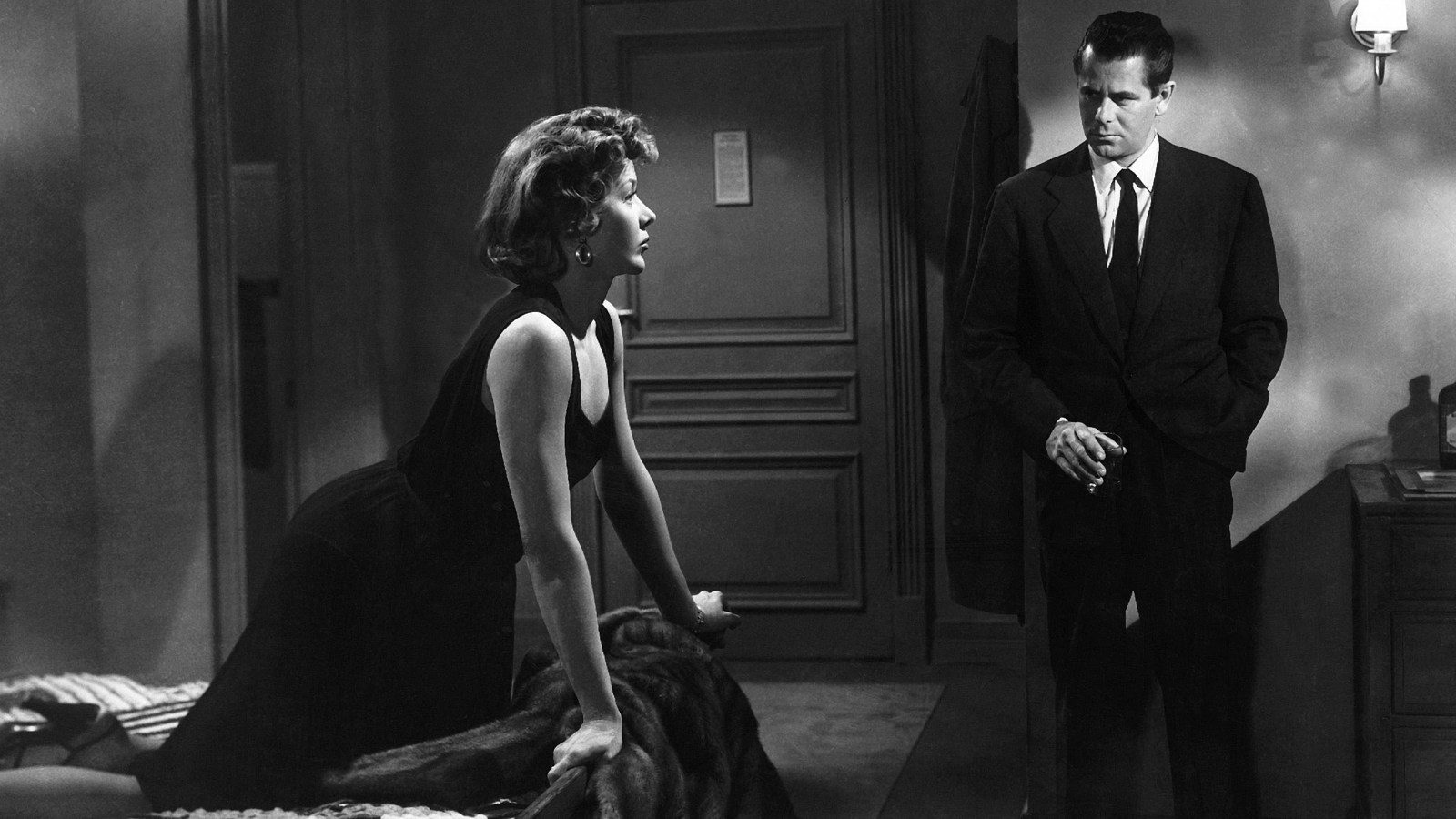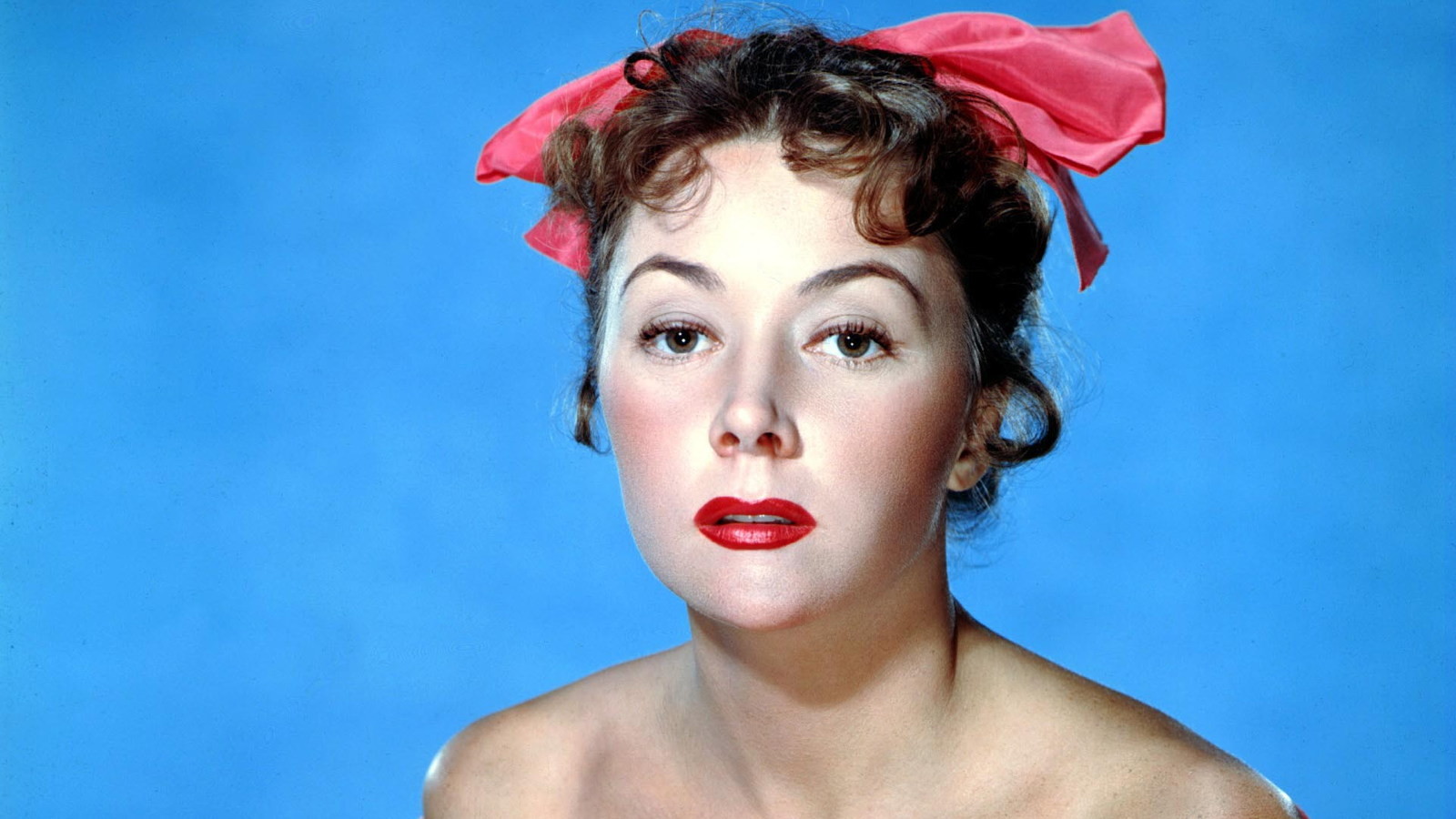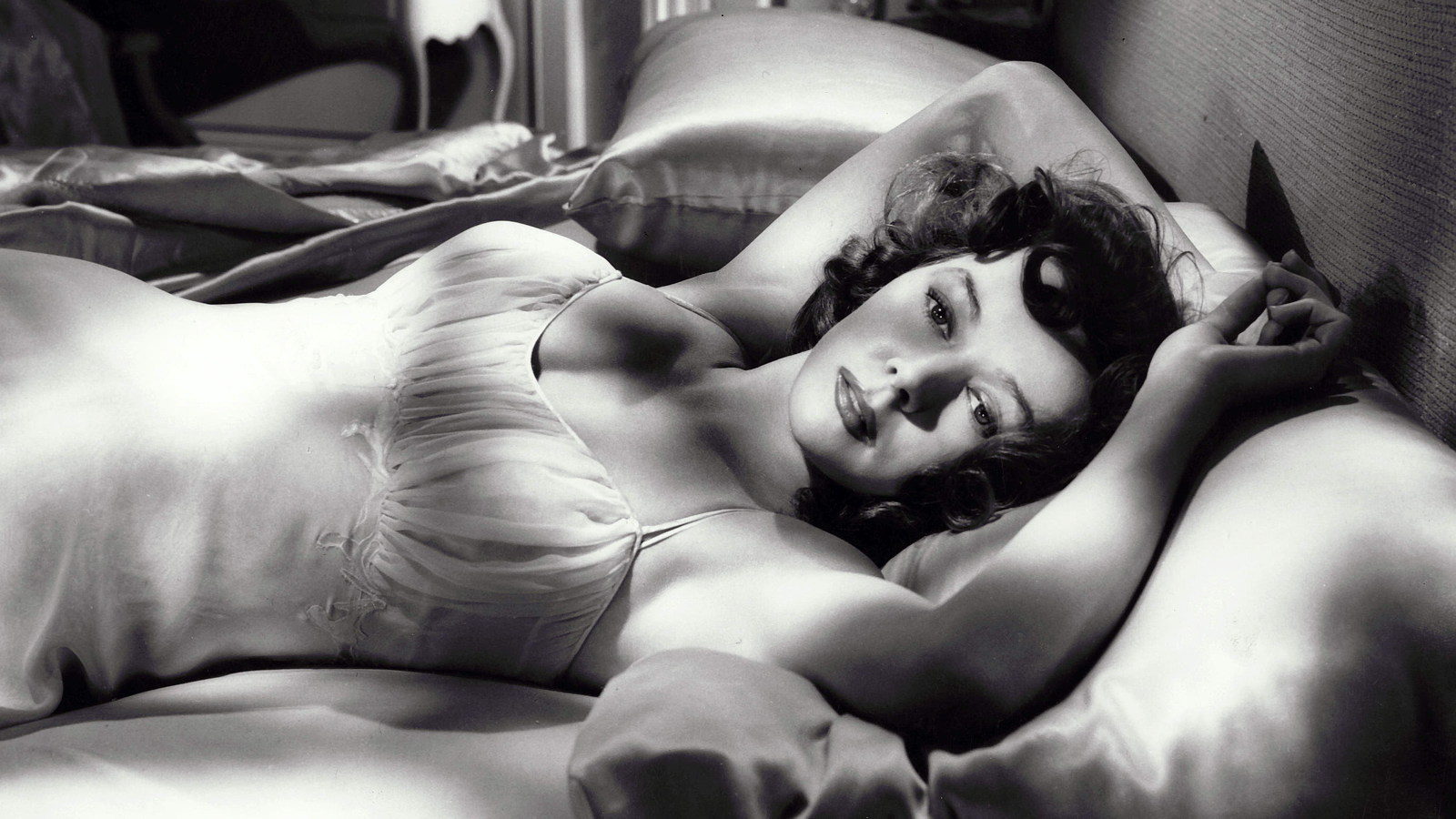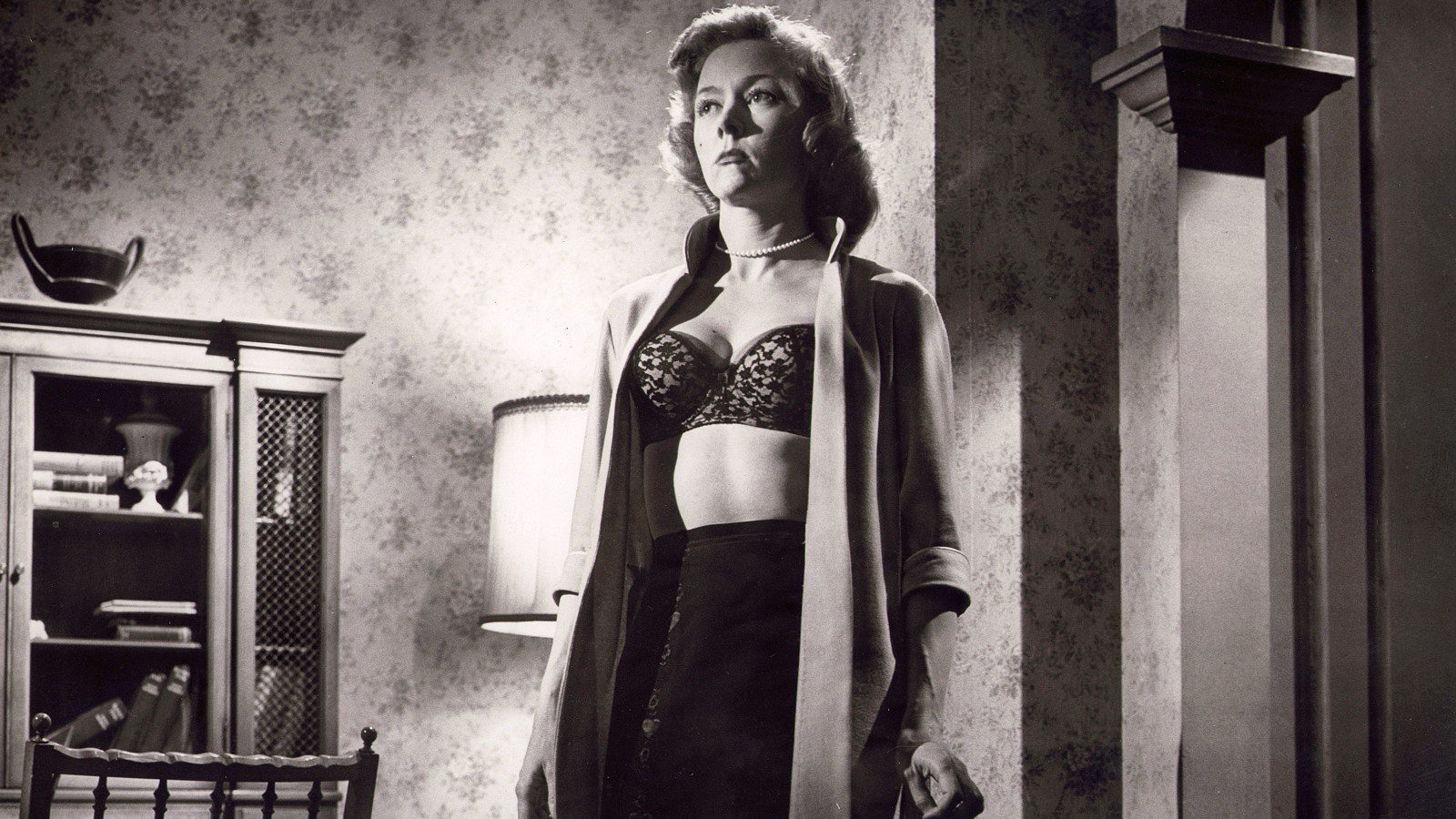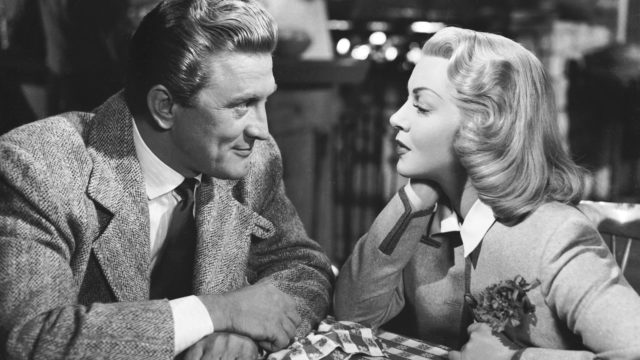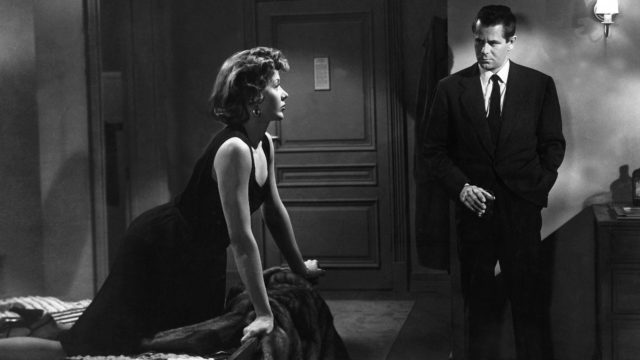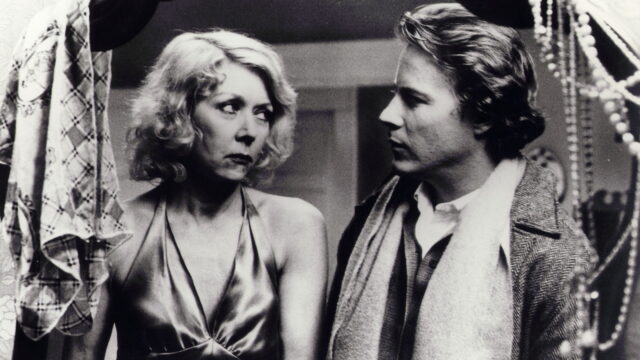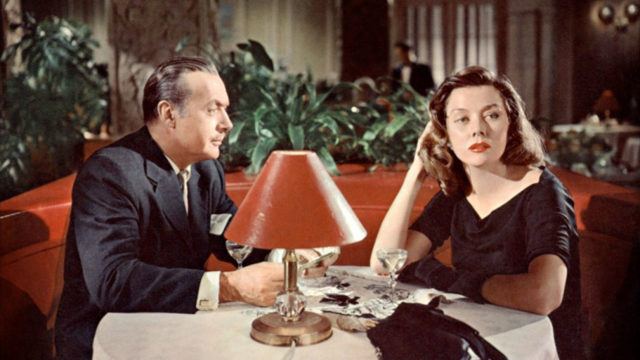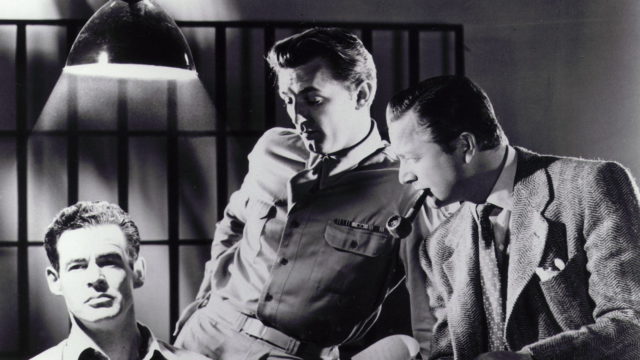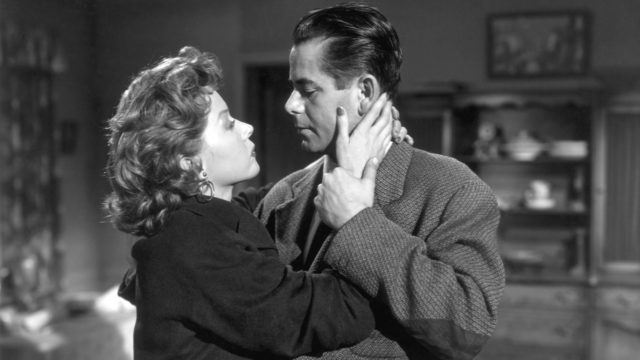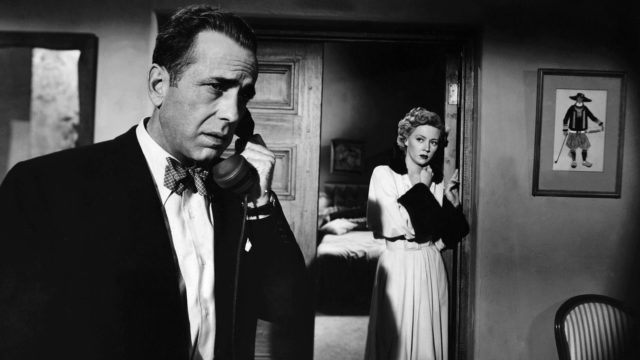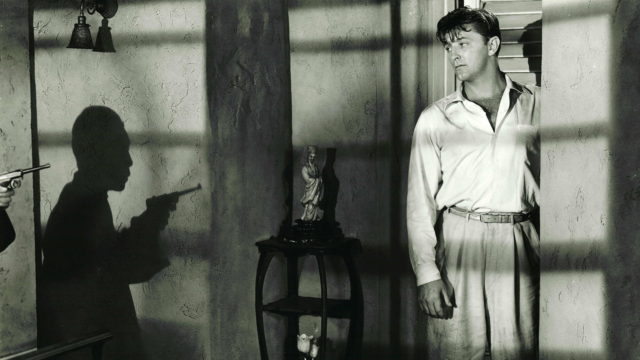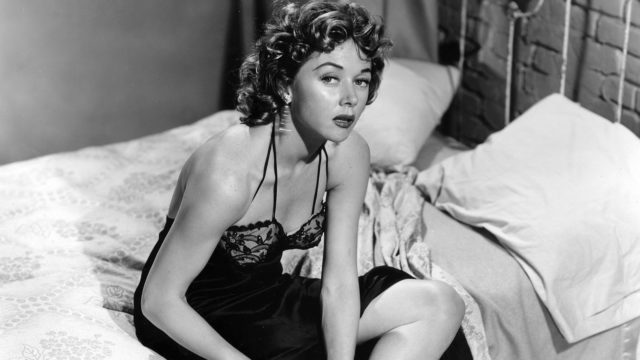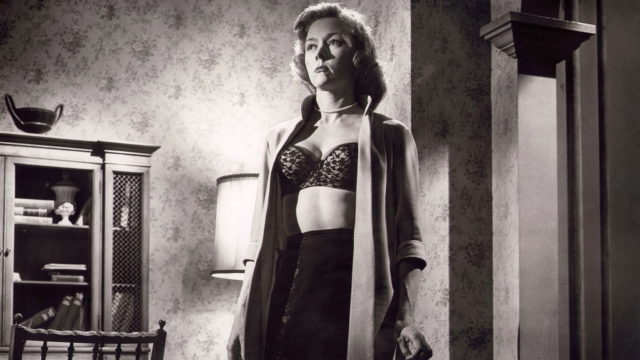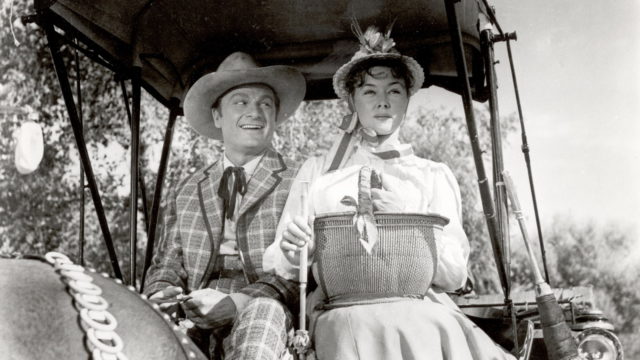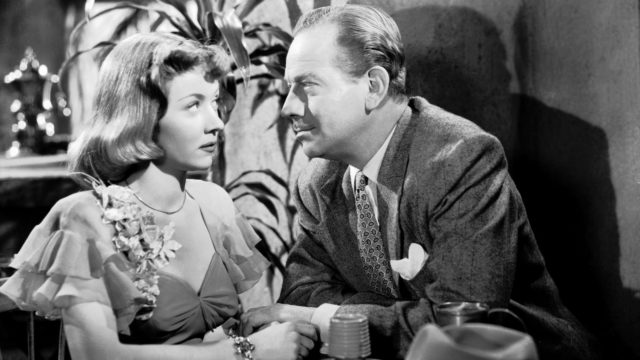Gloria Grahame: Blonde Ambition
Tickets
Special holiday weekend pricing!
“It seems that of all the American film stars,” François Truffaut wrote in 1952, “Gloria Grahame is the only one who is also a person.” Indeed, Grahame’s reputation as a human movie star—vulnerable and imperfect—was her calling card. Born in Los Angeles to an architect father and a mother who had acted for years on the British stage, Grahame did nearly all of her finest work for RKO, where she specialized in playing worn-out, sympathetic fallen women who turn on their sleazy, criminal lovers and husbands. As early as her brief role for MGM in It’s a Wonderful Life (1946), she was playing spirited women leaning toward—or trapped in—ill repute.
Grahame’s range as an actress, however, extended well beyond bar hostesses and lounge singers. She could be flighty and naïve (The Bad and the Beautiful), cooped-up and frustrated (The Cobweb), or inelegant and clumsy (Oklahoma!). It was her second husband, Nicholas Ray, who directed what might have been her finest performance. Over the course of In a Lonely Place, her character evolves from a stock seductive-woman-next-door into something much richer: a woman in an unstable relationship struggling to unravel a complex web of affections, doubts, hopes, commitments, and fears. Grahame could project desire, suffering, and vengeful anger, but she was also distinctly gifted at projecting ambivalence. Perhaps this is what made her appear onscreen so sharply like a—for lack of a better word—person.
Programmed by Dennis Lim and Dan Sullivan
In This Series
The Bad and the Beautiful
Vincente Minnelli’s rich Tinseltown melodrama, for which Grahame won an Oscar, resembles an inside-Hollywood exposé but ends as a grim tragedy about a man driven to appalling ends by a mixture of hubris and sheer malice. With Lana Turner, Dick Powell, and Kirk Douglas.
The Big Heat
Grahame spends much of Fritz Lang’s bleak, thrilling noir with her face half-concealed, but her performance as a gangster’s moll—a magnificent combination of pride, fear, restlessness, confidence, and doubt—is the film’s center of gravity.
Chilly Scenes of Winter
Joan Micklin Silver’s wise, melancholic, criminally under-seen third feature, about a Utah civil servant’s obsession over the women who left him, includes one of Grahame’s final screen performances.
The Cobweb
Crossfire
Human Desire
The centerpiece of Fritz Lang’s Zola adaptation is Grahame’s towering performance as the dissatisfied, vengeful wife of a brutish conductor she aims to have killed. Grahame, who is alternately shrill, desperate, savvy, imploring, and ferocious, may have never dominated a movie the way she does here.
In a Lonely Place
Grahame gave one of her finest performances in Nicholas Ray’s masterpiece of moral and psychological ambiguity, as an aspiring actress committed to a screenwriter (Humphrey Bogart) who may—or may not—be capable of murder.
Macao
Naked Alibi
As the put-upon bar-singer mistress of a psychotic cop killer, Grahame finds surprising, unexpected emotional registers in what could have been a stock role—whenever she’s onscreen, this thrilling, stripped down B-noir seems to rearrange itself around her.
Odds Against Tomorrow
Robert Wise’s study of a perfect heist derailed by one robber’s racial prejudice was among the last of a certain stripe of hard-boiled, rough-edged film noirs. Fittingly, it also contains one of Grahame’s last great performances, as the crook’s lonely, alluring neighbor. With Ed Begley, Robert Ryan, and Harry Belafonte.
Oklahoma!
By the time she was cast as the simple-minded, unfashionable Ado Annie in Fred Zinnemann’s massive screen musical, Grahame’s public image was battered. But whether by choice or chance, she gave the role precisely the sort of awkward hesitancy it required.
A Woman’s Secret
Grahame’s first collaboration with Nicholas Ray, whom she would go on to marry soon after the film wrapped, is a genre-blurring murder mystery that works equally well as a flashback-driven whodunit and as a backstage performance melodrama.

